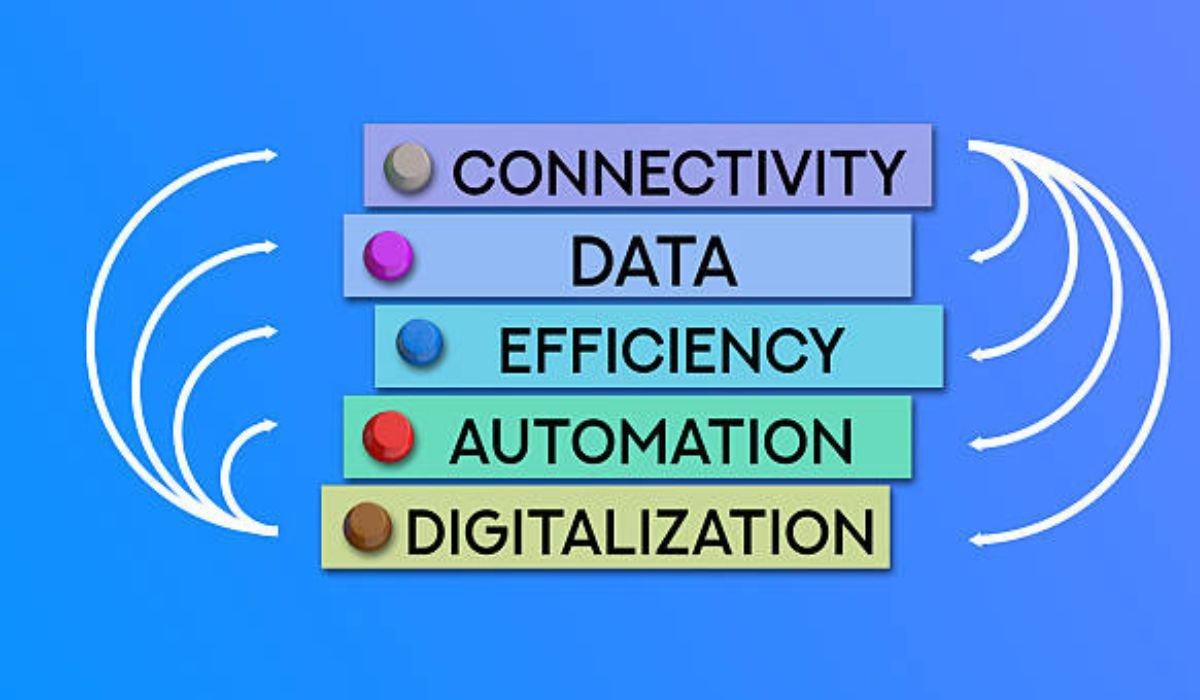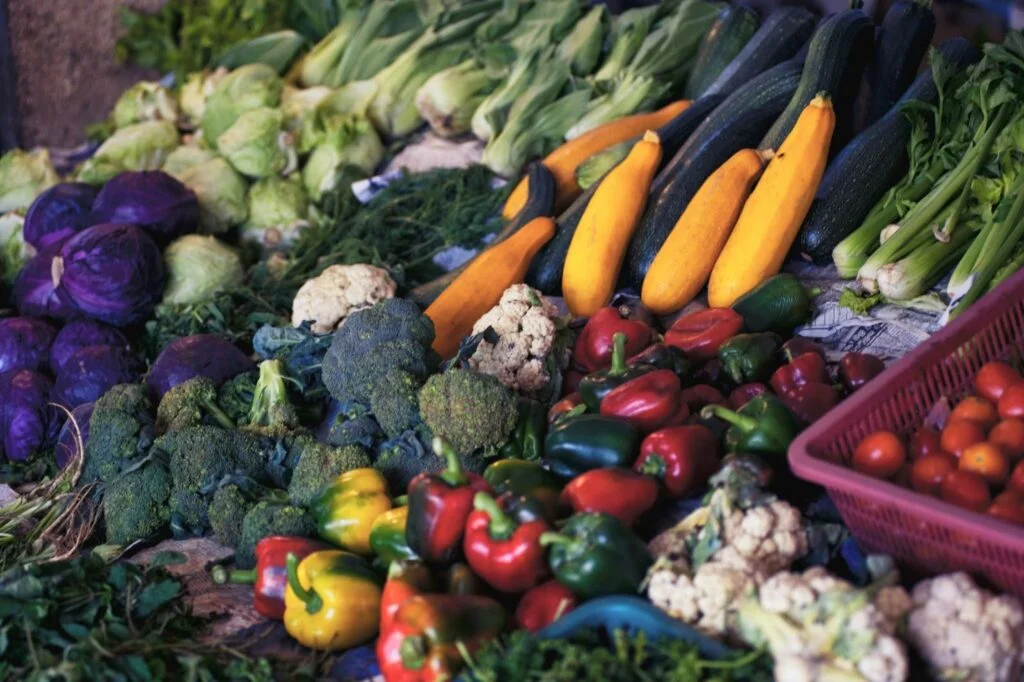Implementing eco-friendly product packaging with sustainable machinery supports both environmental goals and operational efficiency. By selecting machines designed to reduce energy use and material waste, businesses can minimize their ecological footprint.
Eco-friendly product packaging materials, such as biodegradable or recyclable options, work best when paired with equipment that handles them gently and consistently. This compatibility helps maintain product quality while promoting sustainability.
Sustainable machinery also often features automation, enabling faster output and less manual labor. Over time, the combination of responsible materials and advanced equipment allows companies to meet environmental standards and strengthen their brand’s commitment to sustainable practices.
Key Drivers of the Shift Toward Eco-Friendly Packaging
The shift toward eco-friendly packaging is driven by rising environmental awareness and evolving consumer expectations. As public concern over pollution and resource depletion increases, more individuals demand sustainable products and responsible business practices.
Legislation also plays a major role, with governments enforcing stricter regulations on plastic use and promoting alternatives that reduce ecological impact. Businesses must adapt to maintain compliance and protect brand reputation.
Additionally, global supply chains are prioritizing renewable materials and efficient packaging processes. This transition supports waste reduction, improves recycling rates, and promotes innovation. Together, these drivers encourage widespread adoption of eco-friendly packaging solutions across industries.
Common Eco-Friendly Materials and Their Packaging Applications
Common eco-friendly materials used in packaging include recycled paper, cardboard, cornstarch-based polymers, sugarcane bagasse, and biodegradable plastics. These materials help reduce environmental impact while maintaining practical performance.
Recycled paper and cardboard are ideal for boxes, cartons, and inserts, offering flexibility and widespread availability. Cornstarch packaging is compostable and often used for protective containers or loose fill.
Sugarcane bagasse, a byproduct of sugar production, is strong, heat-resistant, and suitable for food trays or containers. Biodegradable plastics made from natural sources work for items like bags and film wraps.
Role of Sustainable Packaging Machinery in Reducing Environmental Impact
Sustainable packaging machinery from https://www.aviridi.com/ plays an important role in reducing the environmental impact of production processes. These systems are designed to use energy and materials efficiently, minimizing waste during manufacturing and packaging operations.
Advanced automation within sustainable packaging machinery also reduces the need for excessive resources while maintaining product consistency and quality. Many machines are compatible with biodegradable or recyclable materials, further supporting eco-friendly goals.
By adopting such equipment, businesses lower emissions, decrease production-related waste, and align with environmental regulations. This contributes to long-term sustainability, helping companies meet both operational targets and global efforts to protect natural resources and ecosystems.
Conclusion
In conclusion, adopting sustainable packaging strategies and advanced machinery offers long-lasting benefits for both businesses and the environment. By improving efficiency, reducing waste, and supporting eco-friendly materials, companies can achieve stronger performance with lower environmental impact.
Organizations that prioritize responsible practices not only meet modern expectations but also contribute meaningfully to global sustainability goals. This approach fosters innovation, ensures long-term value, and strengthens corporate commitment to environmental stewardship.
YOU MAY ALSO LIKE: Minimalist vs. Bold Serum Boxes: Which One Works for Your Brand?











